When it comes to India's main culture, you can't ignore its ancient art. It's everywhere—in temples, in villages, even on the walls of city buildings. Ask anyone traveling through India and they’ll tell you: the murals, sculptures, and handwoven fabrics are impossible to miss. But there's more to it than just pretty pictures. Indian art isn't just about beauty; it's about deep belief systems, old stories, and daily life lessons passed on for centuries.
Indian culture stands out because it never stopped mixing—old meets new at every turn. That’s why ancient traditions, like painting simple rangoli patterns at your doorstep or carving images of gods into stone, are still alive and kicking. Even if you're not an art expert, you’ll find that a little curiosity can unlock stories hidden in every corner, from the grand carvings of Khajuraho to the bold colors of Madhubani paintings.
Thinking of a trip, or scrolling through photos online? Notice the details—like why a dancing Shiva statue always has one foot raised, or why lotus flowers show up everywhere. These details aren’t random; they’ll give you clues to the hopes, fears, and values that have guided people in India for centuries.
- Roots of Indian Culture: Beyond Stereotypes
- Sacred Symbols and Ancient Art Forms
- Everyday Life and Art—How Ordinary Objects Tell Stories
- Where to Experience India's Artistic Spirit Today
- Tips for Exploring Indian Art—What to Watch For
Roots of Indian Culture: Beyond Stereotypes
If you think India's main culture is just about spicy food and Bollywood, you're missing the real story. At its core, Indian culture is stitched together by ancient art, religion, and deep-rooted customs that go back over 5,000 years. The famous Indus Valley Civilization (roughly 2500–1900 BCE) isn’t just a footnote; it kicked off urban planning and left behind pottery and statues still studied today. That’s serious staying power.
India isn’t one-size-fits-all. Over 22 official languages and more than 2,000 ethnic groups tell you this place is about diversity. Religious life is a huge part of the culture, with Hinduism, Buddhism, Jainism, Islam, and Christianity all leaving lasting marks on temples and art forms. Take Hindu temples from Tamil Nadu—these aren’t just places to pray. They’re literally covered in thousands of colorful sculptures, some dating back a thousand years. Meanwhile, sites like Ajanta and Ellora caves showcase intricate Buddhist and Jain carvings, showing how art, religion, and daily life were never separate here.
Check this out:
| Aspect | Details |
|---|---|
| Number of Recognized Art Forms | Over 50 classical and folk art styles |
| Ancient Languages in Use | Sanskrit, Tamil (both over 2,000 years old) |
| Religions Founded | 4 major world religions |
| Handicraft Export Rank (2023) | 6th in the world |
So, what’s the takeaway? You’ll find India culture is all about old meeting new—whether you see young people celebrating Diwali with Instagram reels or families weaving baskets just like their ancestors did. Don’t get stuck on surface stereotypes. The real gold is in these layers of history and art, blending local traditions with influences from centuries of travelers and invaders. Every time you spot a detailed wall painting or walk through a lively market, you’re getting a peek into a culture that’s way more complex than any movie can show.
Sacred Symbols and Ancient Art Forms
If you really want to understand ancient Indian art, check out the symbols and themes that show up everywhere. Indian culture loves to pack ideas and stories into images, turning art into a kind of language people can still read. Take the lotus flower—it's not just for show. In Hinduism and Buddhism, it stands for purity, new beginnings, and the ability to rise above problems. You’ll spot it in carvings, temple walls, and even in the borders of old paintings.
Another famous symbol is the swastika, but don’t get confused—it means something very different in India. For centuries, it's been a sign of good luck and well-being, not hate. You’ll see it in homes, on wedding cards, and right at the entrances of temples.
Art forms in India aren’t just about drawing and painting. Sculpture is a big deal too. Look at the sculptures in places like Ellora and Ajanta caves, dating back to as early as 2nd century BCE. Artists carved entire stories onto rock faces, packed with gods, everyday people, and even animals. Each detail—from the direction an arm is facing to what someone’s holding—matters because it tells a part of a bigger story.
If you like stats, here’s a quick look at just how far back Indian art goes and where to find the best examples:
| Site/Art Form | Estimated Start | Notable Features |
|---|---|---|
| Bhimbetka Rock Shelters | 30,000 BCE | Cave paintings with animals, daily life scenes |
| Ajanta Caves | 2nd century BCE | Wall paintings, Buddhist symbols, reachable by road |
| Khajuraho Temples | 950-1050 CE | Sculptures of gods, goddesses, everyday life and rituals |
| Madhubani Paintings (Bihar) | Origin unclear, documented since 14th century | Geometric borders, natural dyes, lots of symbolic animals and gods |
Tip if you want to spot ancient symbols yourself: when visiting a temple, look at the pillars and doorways first—artists usually put the most important figures there. In South Indian temples, keep an eye out for the "Anjali mudra" (hands joined in prayer) or mythic animals like the makara (part crocodile, part elephant). Each tells you something about what people believed and valued back then.
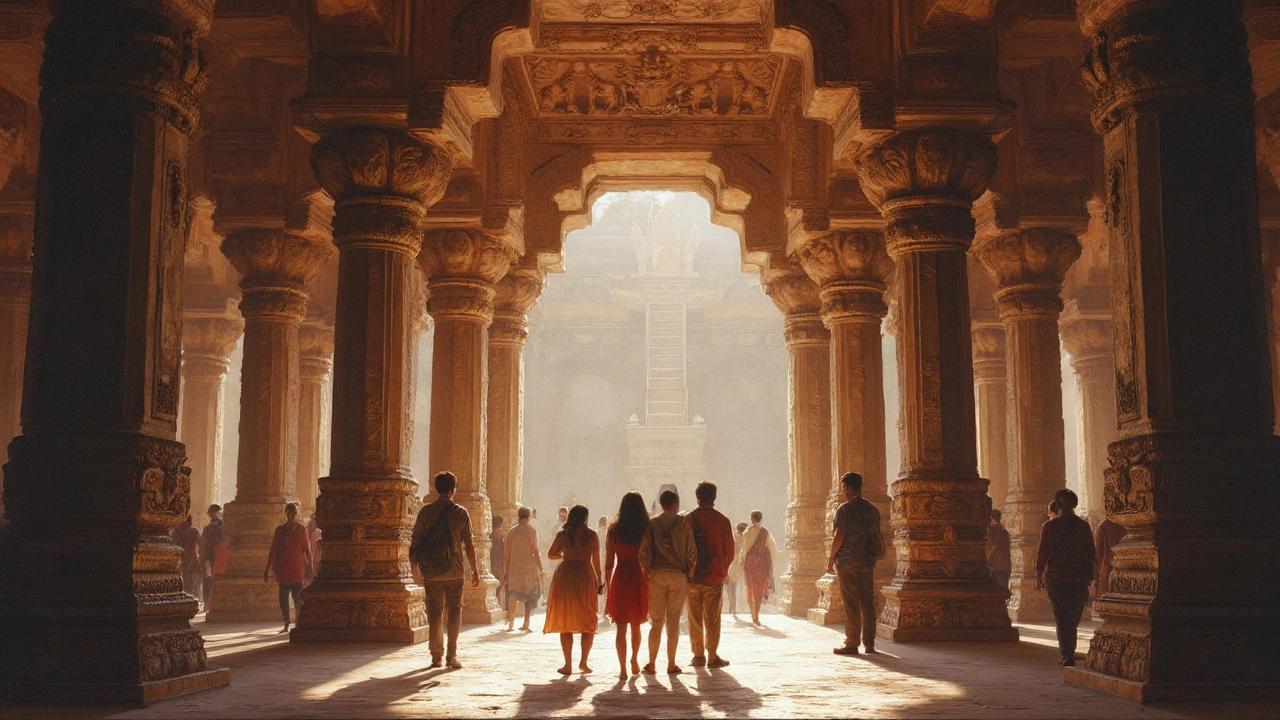
Everyday Life and Art—How Ordinary Objects Tell Stories
Art in India wasn’t always about huge temples or grand palaces. Most of it shows up in day-to-day life. Think clay pots, woven baskets, or brass lamps you’d find in any traditional household. These things might look simple, but they each have a story tied to them.
Let’s look at Madhubani paintings—done mostly by women in Bihar. They’re used to decorate walls and floors during festivals, marriages, or just for fun. The designs are usually made from rice paste and natural dyes like turmeric or charcoal. Even the patterns have meaning: peacocks stand for love, fish for fertility, and sun motifs bring good luck.
Household textiles play a big part too. You’ll see sarees and bedsheets covered in intricate block prints from Rajasthan, like Bagru and Sanganer styles. Each village might have its own special twist or favorite color. These prints aren’t just pretty—they celebrate local plants, flowers, and animals, kind of like a visual diary of village life.
Objects like the simple lota (a brass or copper water pot) show up in religious ceremonies, daily chores, and feature in classic Indian paintings. The lota even got studied by the Indian industrial designer Charles Correa in the 1980s, who said, “No other object captures the essence of Indian life like the lota. Every curve, every proportion, is just perfect.”
If you’re curious, take a stroll through any busy bazaar or rural market. You’ll spot:
- Hand-painted pots used for ceremonies, each color and pattern with a reason
- Woven baskets shaped for carrying grains or flowers
- Diyas (oil lamps) made during Diwali, sculpted with family symbols
- Wooden toys from Channapatna—bright, safe, and passed down for generations
Basically, art in everyday India is about mixing usefulness with beauty. When you see these objects, remember: it’s not just decoration. It’s history in your hands, a real piece of India culture made to last and tell stories long after its maker has gone.
"Objects often outlive their creators, carrying tales of entire communities, values, and dreams." — Dr. BN Goswamy, Indian art historian
Where to Experience India's Artistic Spirit Today
If you want to see real Indian art, skip the gift shops and head for the places where traditions are still alive. There are huge museums and ancient temples, but you’ll also find awesome art in tiny villages and busy city markets.
For ancient sculpture and temple carvings, nothing tops the old states of Tamil Nadu and Odisha. The stone temples in places like Mahabalipuram and Bhubaneswar have details that date back over a thousand years. Even today, local families often work as stone-carvers, carrying skills passed down for generations.
If colorful paintings are your thing, Rajasthan and Madhya Pradesh are must-visits. The Ajanta Caves near Aurangabad have wall paintings from as early as the 2nd century BCE. Meanwhile, villages in Bihar keep the Madhubani painting style alive, still using natural dyes and bamboo brushes. You’ll find families with paint-splattered hands in every street.
- India culture is everywhere at the National Museum in New Delhi, which has everything from ancient jewelry to massive bronze statues.
- For handmade crafts, hit the Dilli Haat market in Delhi or the Shilparamam crafts village in Hyderabad. These places support small artists directly.
- In big cities like Mumbai, you’ll stumble on contemporary art galleries mixing old with new. Jehangir Art Gallery is one of the favorites for spotting fresh talent inspired by traditional roots.
- Don’t ignore the everyday stuff—check out traditional mural walls in Kerala houses or the street art in Kolkata that borrows motifs from folk art.
If you’re deciding which sites fit your trip or interests, here’s a quick snapshot:
| Location | Art Form | What’s Special |
|---|---|---|
| Ajanta Caves | Cave Paintings | 2nd century BCE Buddhist art, UNESCO site |
| Mahabalipuram | Stone Carvings | Massive open-air reliefs and rock temples |
| Madhubani, Bihar | Folk Painting | Natural dyes and village artistry |
| Kochi, Kerala | Mural Art | Traditional murals inside temples and churches |
| Delhi (Dilli Haat) | Handicrafts Market | Live demos, direct from artisans across India |
Most museums and heritage spots have workshops where you can try your hand at some art forms. Always ask if there are short lessons or guided tours—it can make the experience way more real. And if you're buying, look for government-run emporiums. They make sure artists get paid fairly, and you’re less likely to get stuck with fake stuff.
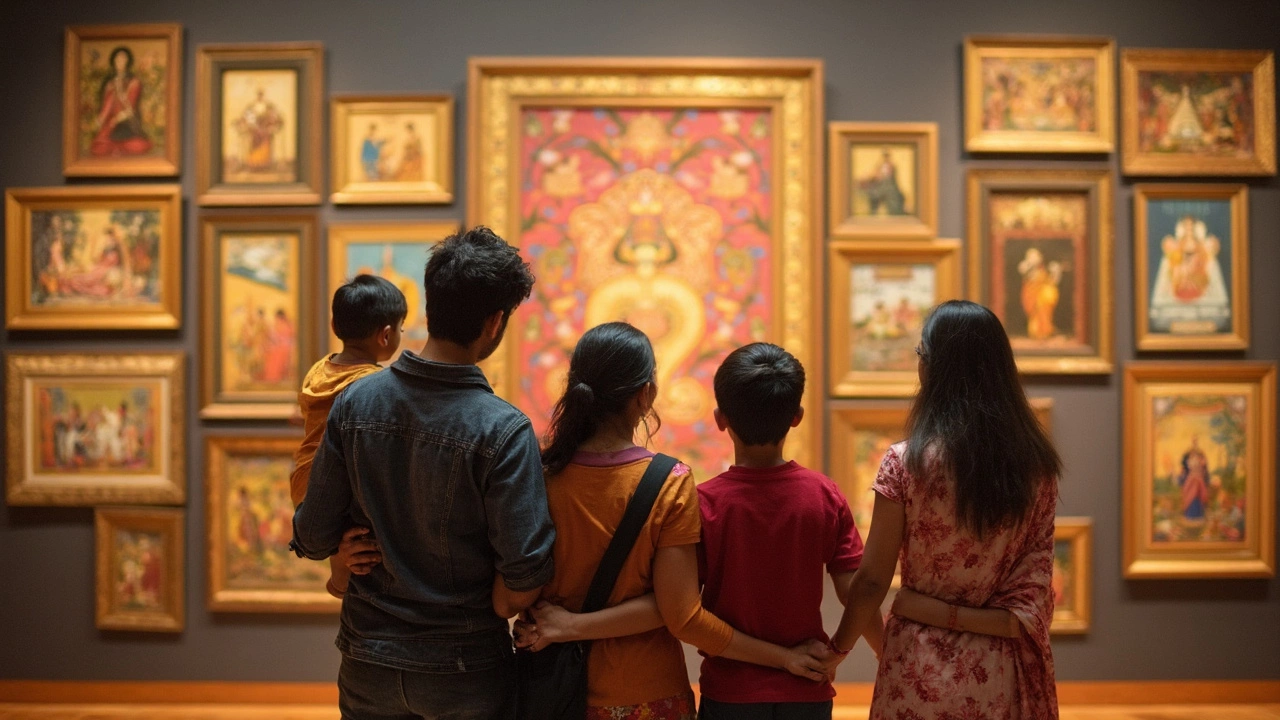
Tips for Exploring Indian Art—What to Watch For
No need to feel lost in a museum or at a temple; you can make the most of India’s ancient art with a few simple tricks. Forget staring blankly at a carving or painting—these art pieces have loads of stories packed into their details.
- India culture shows up in symbols. See a lotus? That’s not just a plant. In Indian art, it stands for purity and is tied to gods like Lakshmi. Spot multiple arms on a figure? That’s a sign of extra powers—artists use them so you instantly know which goddess or god you’re looking at.
- Check out the colors. Red isn’t just eye-catching—it stands for love, energy, and sometimes danger. Blue? That’s usually linked to gods who fight evil, like Krishna or Rama.
- Mural or sculpture? Both tell you about daily life. Temple wall carvings in Hampi, for example, show musicians, traders, and even dancers, giving a snapshot of how folks lived centuries ago.
- Look for pattern repeats. Ancient Indian artists loved symmetry and repeating shapes, from tile work in Mughal forts to bandhani tie-dye used in Gujarat today.
Got a camera or a notebook? Note details—the best way to learn is to notice what pops up over and over. Comparing styles can be fun. For example, carvings at Khajuraho burst with movement, while the Ajanta cave paintings lean soft and emotional.
| Major Art Site | Famous For | Estimated Age |
|---|---|---|
| Ajanta Caves | Buddhist cave paintings | 2nd century BCE |
| Khajuraho | Sensual stone carvings | 950–1050 CE |
| Ellora Caves | Multi-religious sculptures | 600–1000 CE |
| Hampi | Vijayanagara architecture | 14th century CE |
One more tip that helps anywhere: ask locals, guides, or even caretakers for their favorite piece or story. People close to these places often share things you won’t find in guidebooks. And don’t be shy—try joining a local art class if you want to get hands-on with rangoli, block printing, or pottery. You’ll see the craft from the inside out.
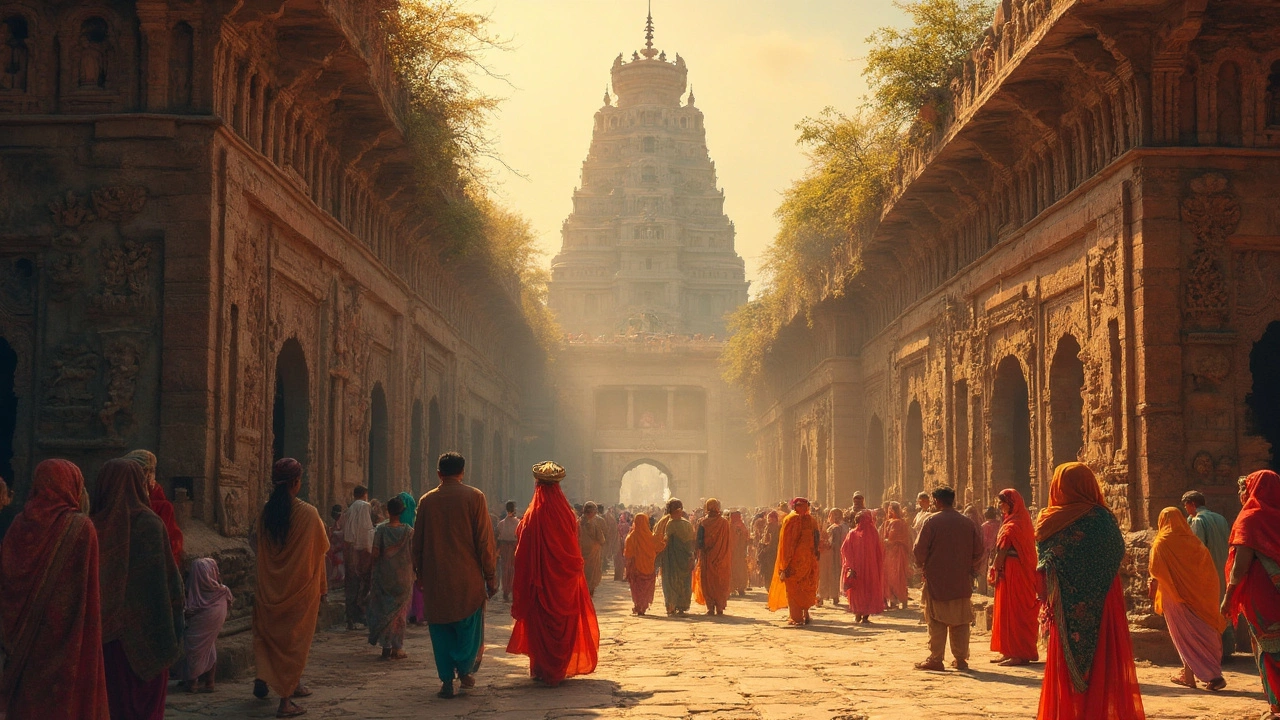
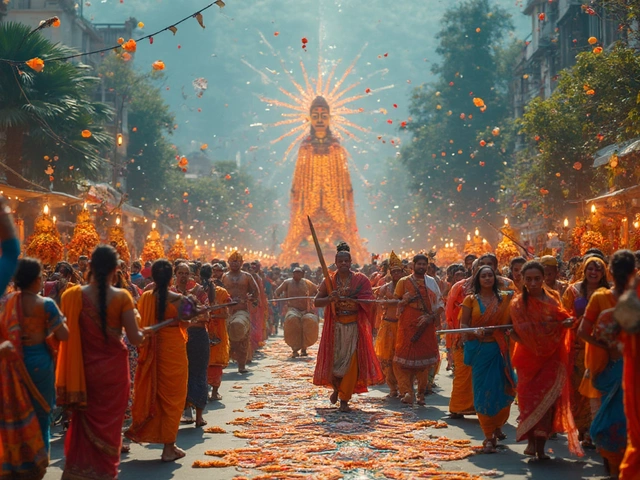
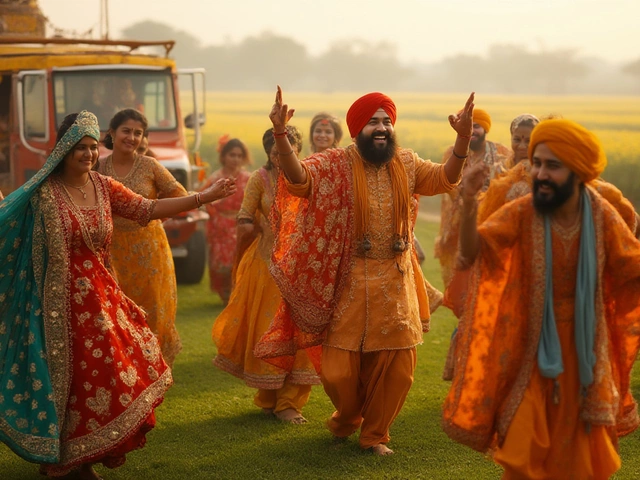
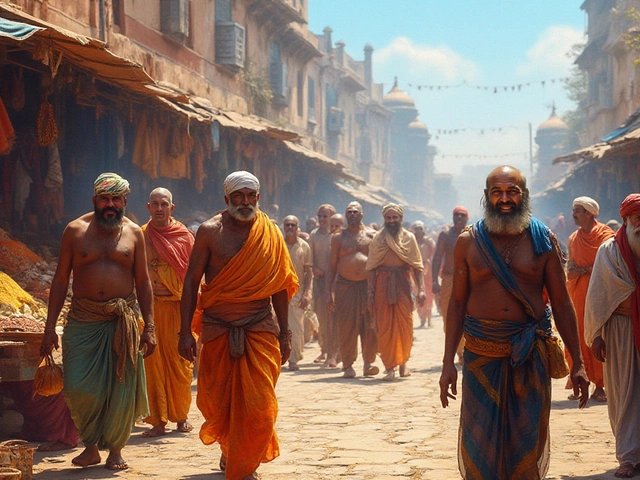
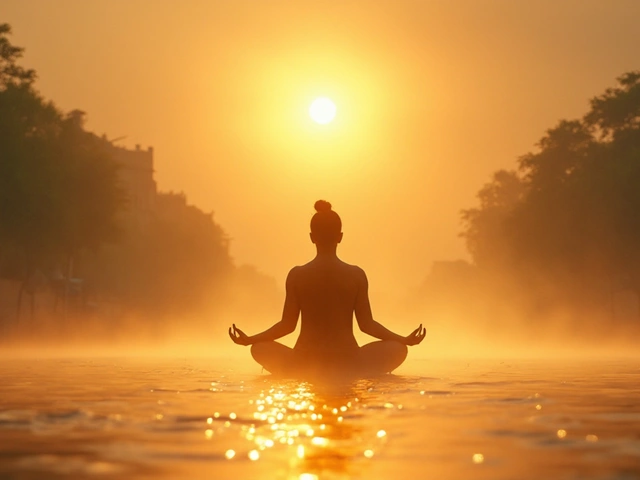
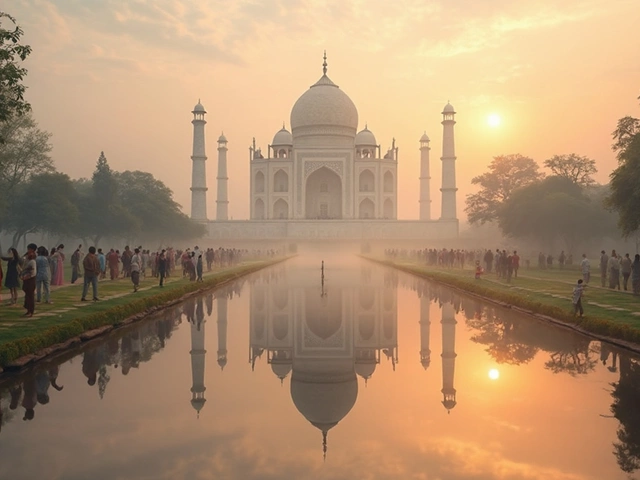
Write a comment